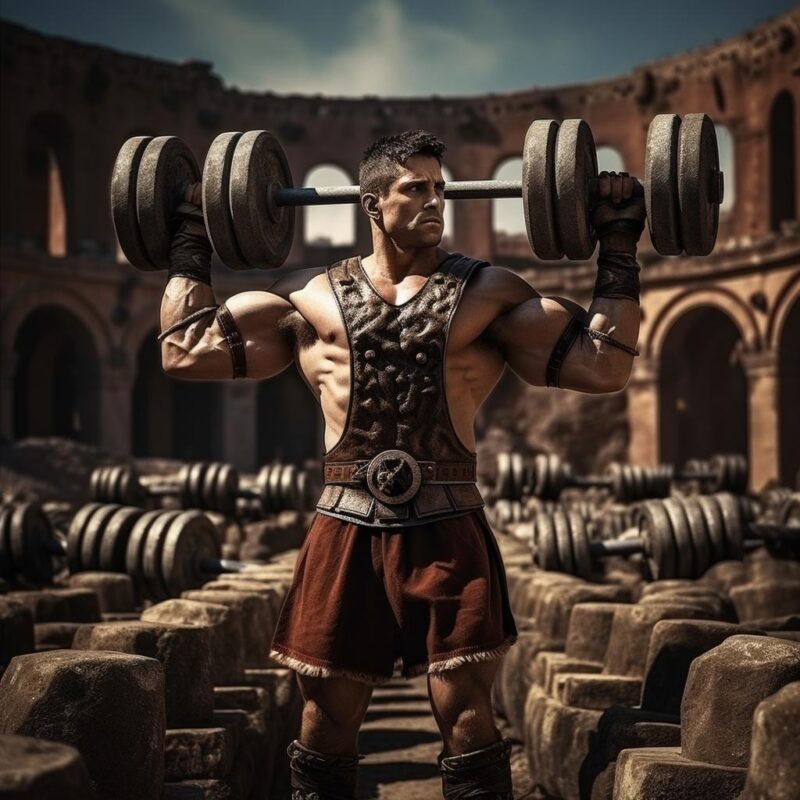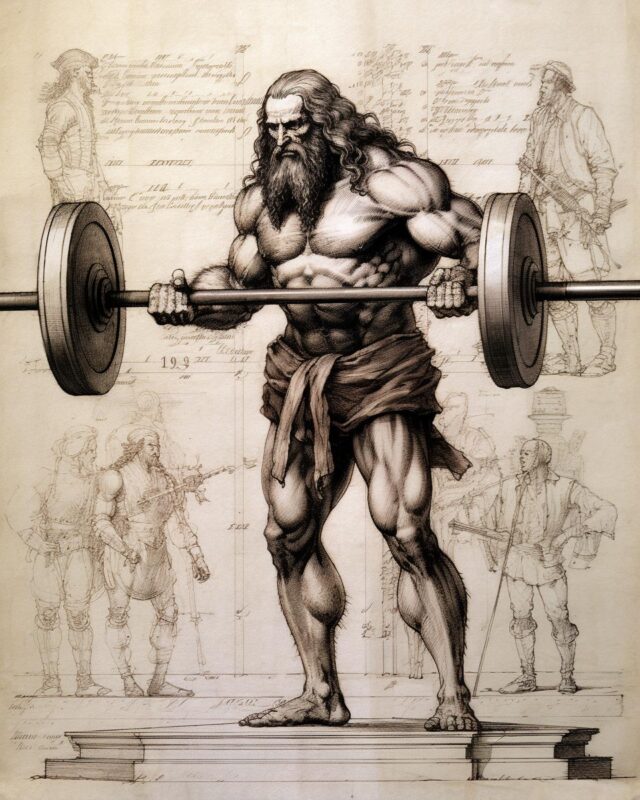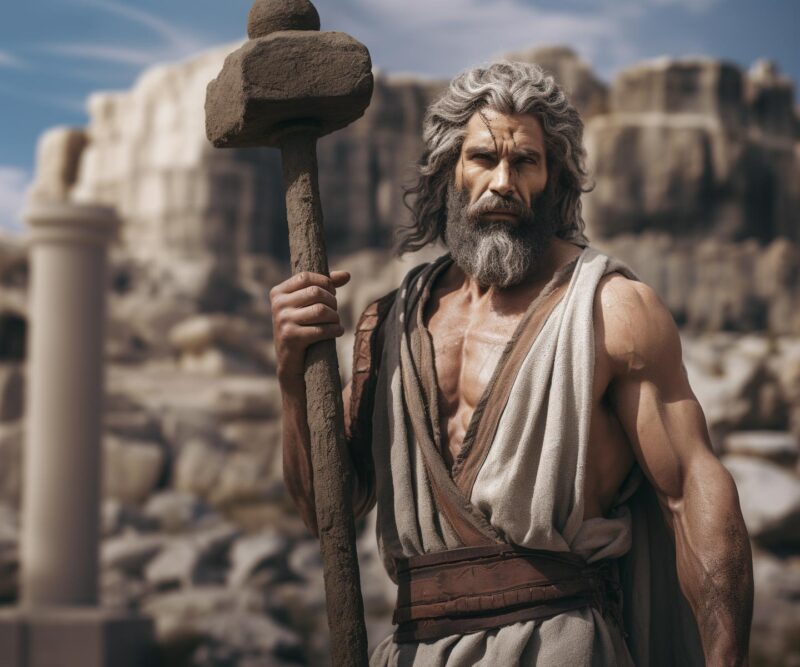The First Gym Equipment Was Made of Stone: A Journey from Ancient Greek Halteres to Modern-Day Fitness

The First Gym Equipment Was Made of Stone: A Journey from Ancient Greek Halteres to Modern-Day Fitness
When thinking of gym equipment, our minds often gravitate towards the advanced machinery and gadgets that populate modern fitness centers. But would you believe that the roots of gym equipment date back to the time of Ancient Greece, and the materials were as basic as stone? That’s right! The earliest documented gym tools were stone weights called “halteres.”
The Ancient Greeks and Halteres
The Ancient Greeks were known for their incredible emphasis on physical fitness. Philosophers like Socrates and Plato preached the importance of a sound body to house a sound mind, a concept echoed throughout Greek society. In this environment, the halteres were born.
Halteres were essentially stones with handles, and they were used in various exercises, much like modern dumbbells. But their application extended beyond mere weightlifting.
A Multifaceted Tool
Halteres were used not only in weight training but also in the long jump event in the Ancient Olympic Games. Athletes would swing these weights to gain momentum and release them at the peak of their jump. This technique allowed for a greater distance to be achieved in the jump. You can find more information on this from the Metropolitan Museum of Art’s collection.
Additionally, halteres were a part of daily physical education and a symbol of status among the warrior class. A man’s physical prowess was a significant part of his identity.
From Stone to Sophistication
The journey of gym equipment from stone weights to the sophisticated machinery we use today is a fascinating one. It’s a journey filled with innovation, adaptation, and a relentless pursuit of human optimization.

Roman Innovations
Following the Greeks, the Romans also embraced physical fitness but added their own twist. They created wooden dumbbells and used various equipment to train their military.

The Renaissance Period
The Renaissance saw a revival of interest in physical fitness. Leonardo da Vinci’s anatomical studies led to a better understanding of human physiology, paving the way for targeted exercise routines. Some of his sketches suggest the idea of resistance training, long before it was formalized in gym equipment.

The Industrial Revolution
With the Industrial Revolution, the advancement in technology allowed for the creation of more complex gym equipment. Devices like the treadmill were invented in the 19th century for prison reform before becoming a popular fitness tool.

The 20th Century and Beyond
The 20th century marked a new era in fitness, with people using every method of science and ingenuity to attain physical greatness with innovations seemingly endless!
You can read more about the history of gym equipment in this comprehensive study by NCBI.
Gainful – flavor boost pack – Click Image!


The story of gym equipment is not just about technology and innovation; it’s about the human spirit, our pursuit of excellence, and the understanding that physical well-being is integral to our overall health. From stone weights in Ancient Greece to the latest HIIT training found at Hiit56 Online, this journey reflects our timeless quest for physical achievement.
The legacy of the halteres reminds us that simplicity and function can coexist, and that sometimes, going back to basics might be the key to unlocking our true potential. Whether you’re swinging kettlebells or following a guided workout online, remember, the essence of fitness remains the same.
Let the halteres inspire you to find your own path in fitness, no matter how technologically advanced or fundamentally simple it may be.

